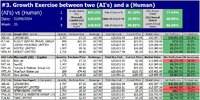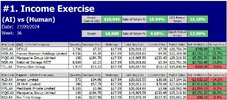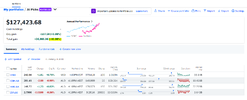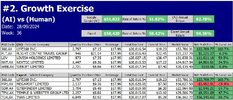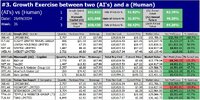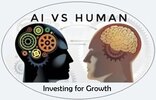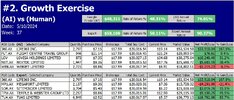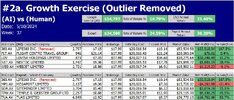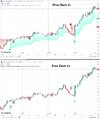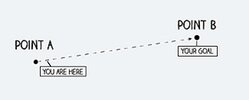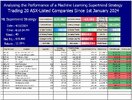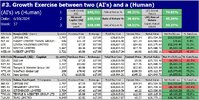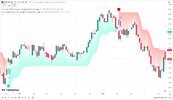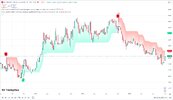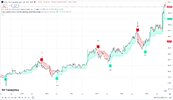- Joined
- 28 December 2013
- Posts
- 6,392
- Reactions
- 24,319

Paper Trading a Supertrend Strategy with a "Twist"
A Supertrend indicator identifies market trends using the Average True Range (ATR) to measure volatility and adjust its sensitivity. But here’s a twist to the original concept - what if we apply “Machine Learning” to enhance a basic Supertrend indicator, allowing it to adapt to different market conditions and dynamically adjust for more accurate signals?
Imagine a car GPS showing the current route
Now, think of a smart GPS that learns from past traffic patterns and adjusts your route dynamically to avoid jams — that’s what "Machine Learning" does for a Supertrend indicator.
Key Takeaways
1. A Supertrend Indicator identifies market trends.
2. A Supertrend Indicator with "Machine Learning" adapts to market conditions
3. A Supertrend Indicator with "Machine Learning" - theoretically, it should be more accurate but to no avail, with a low win rate of 38%.
4. After 12 weeks the overall results aren't too shabby.

Skate.


